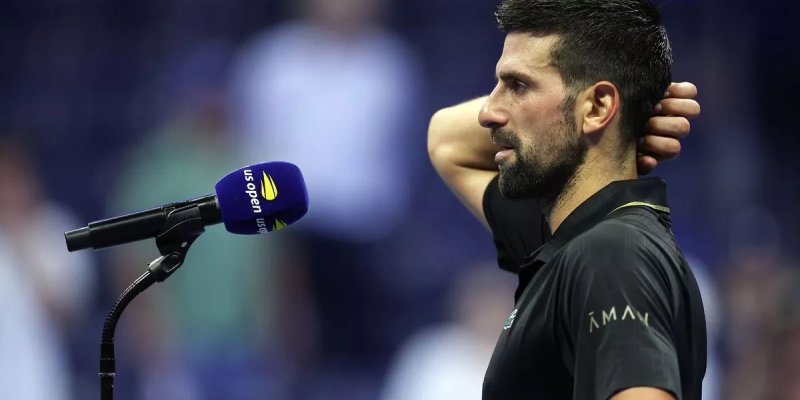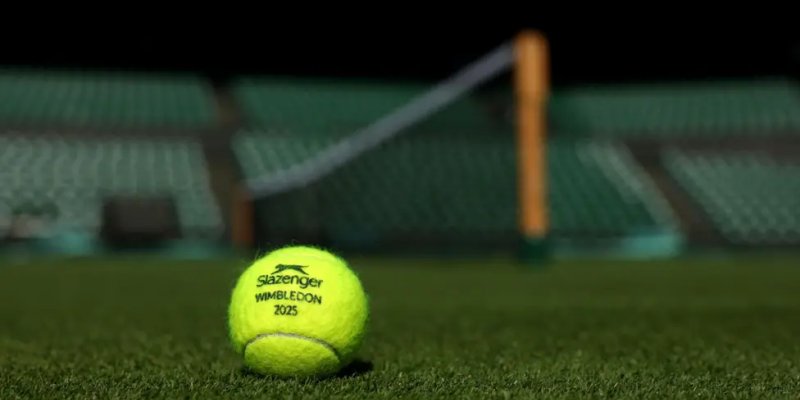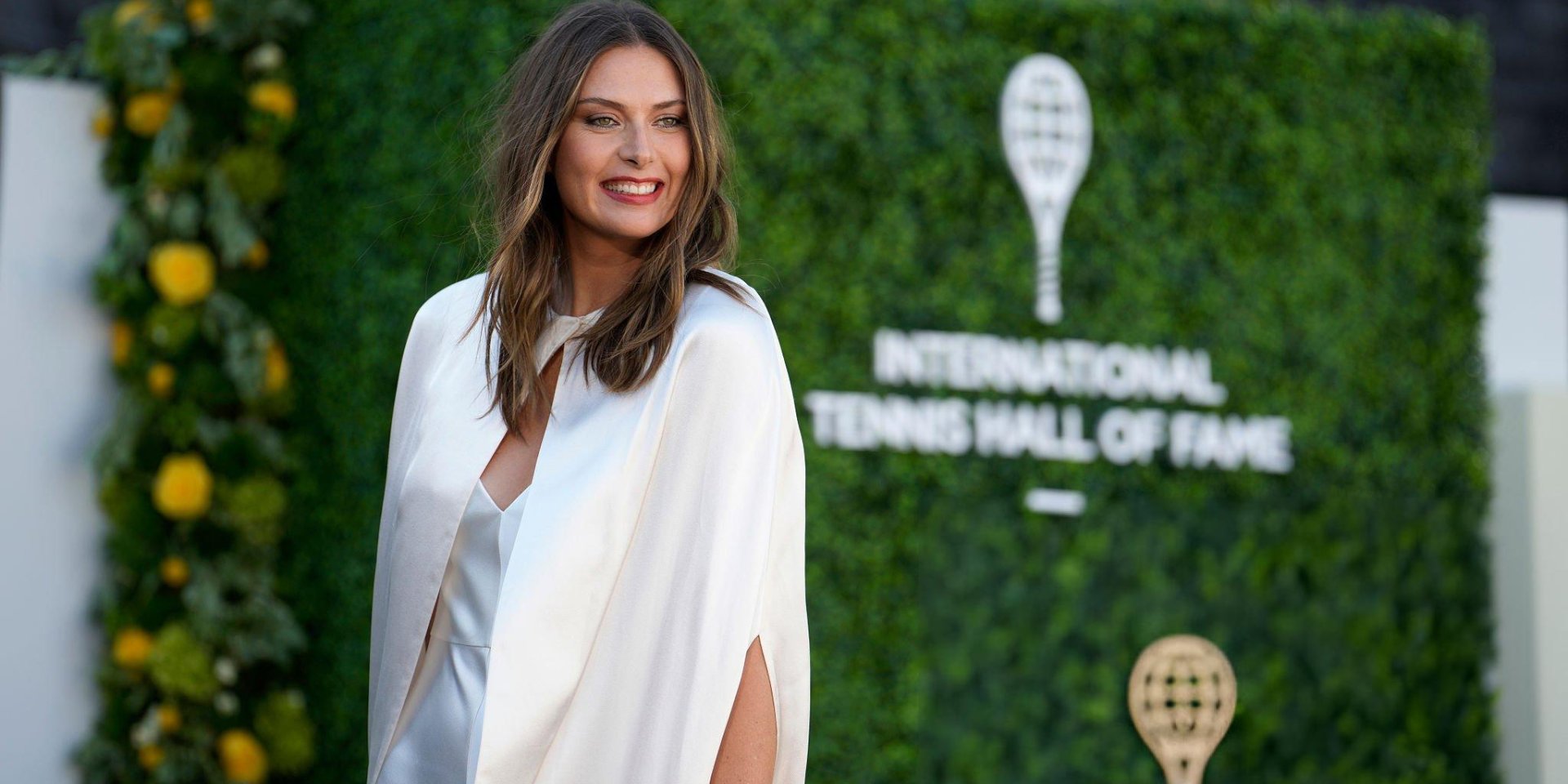
In Newport, Rhode Island, what Maria Sharapova’s entire biography had been leading to finally happened: one of the brightest figures of the twenty-first century in women’s tennis was officially inducted into the International Tennis Hall of Fame. The ceremony was both grand and sportingly dramatic: Serena Williams — a longtime rival and now a close confidante — unexpectedly came out to present Maria, and in the front row the champion’s father, Yuri Sharapov, couldn’t hold back tears.
Twenty Years in an Arc: From "No. 1" at 18 to Newport at 38
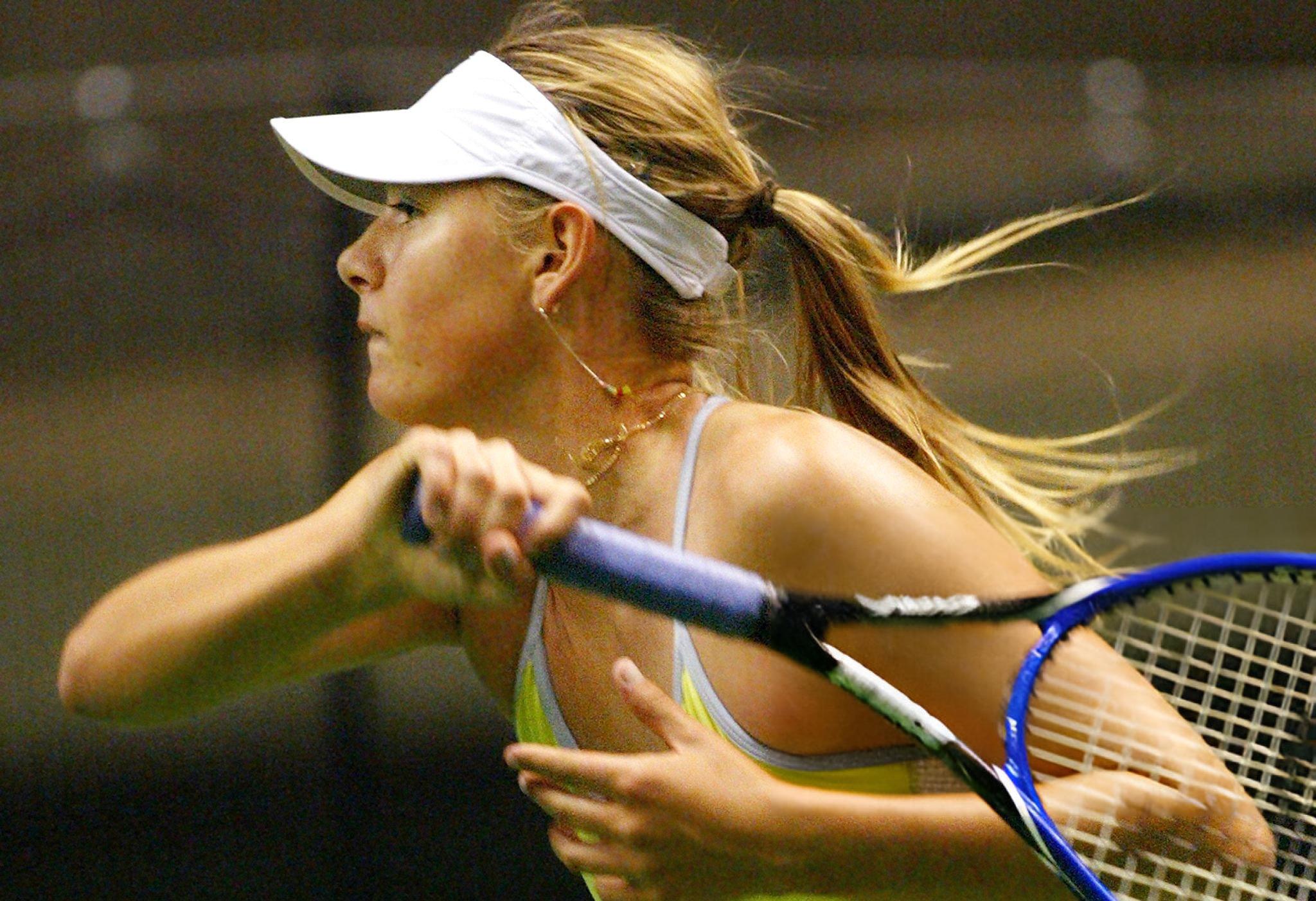
On August 22, 2005, the 18-year-old Sharapova topped the WTA rankings for the first time — squarely between the first and second of her five Grand Slam titles. Exactly two decades later, at 38, Maria received the status of “Recent Player” — the Hall’s most prestigious category. She became the first woman from Russia to be so honored, and the first player whose induction followed a served suspension for a prohibited substance — another marker of a difficult yet honestly lived career.
"Surprise!" From Rivalry to a Matter of Honor
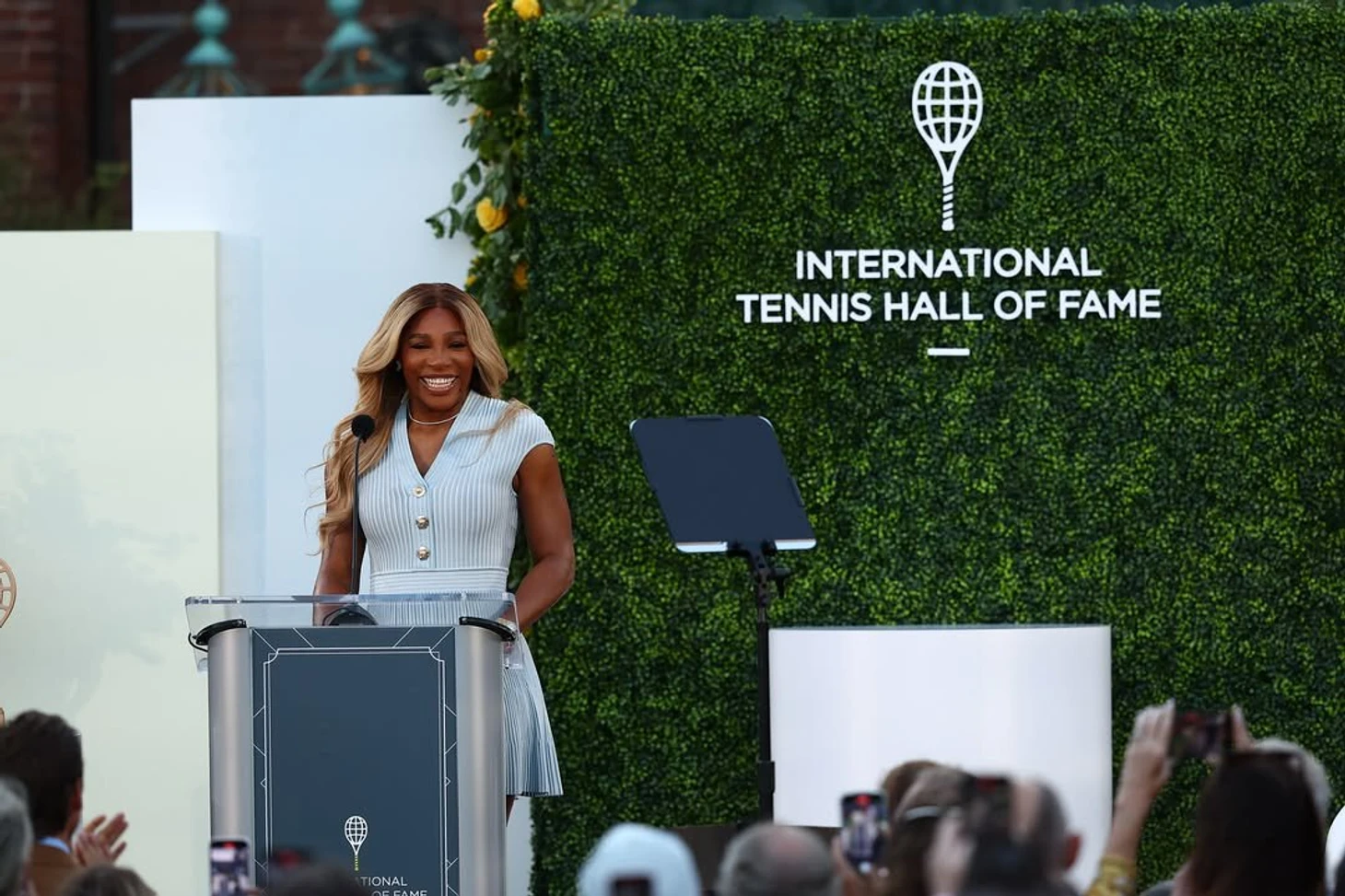
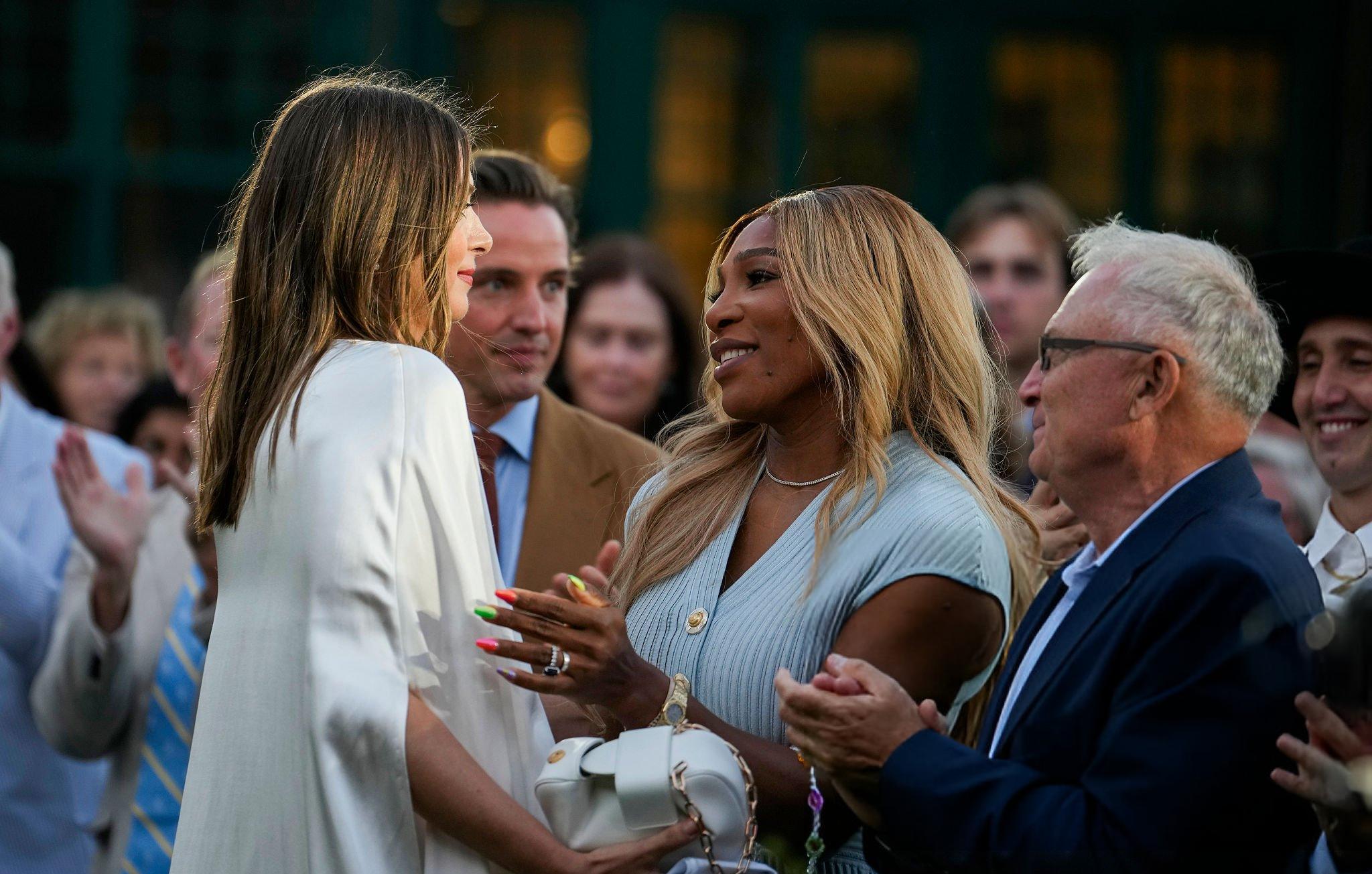
Who would introduce Sharapova was kept secret until the very end. When Serena emerged from the clubhouse to the stage, the crowd erupted: “Surprise!” she began. Williams openly acknowledged that in the past she and Maria had been “fierce rivals” whom the world saw as “very different.” But, as Serena aptly noted, they simply wanted the same thing at the same time — to be the best in a sport where there is only one trophy. Every meeting after Wimbledon 2004 carried an electric charge — the stakes grew, the pressure mounted, and it was “audible,” too, in the loud grunts from both sides of the court. Williams emphasized that the rivalry eventually transformed into respect and then into friendship; that’s why Maria’s request to have her present the induction into the Hall of Fame became a matter of honor for Serena.
Self-Irony, a Steady Voice, and Thank-Yous That Set the Course
Taking the stage, Maria joked that she would take the award herself — “God forbid Serena would hand me anything!” — and immediately turned serious: she thanked Williams for the inspiration and for helping her “crystalize the understanding of who I am.” What followed was a mosaic of targeted thank-yous, delivered with sporting method and her signature self-deprecation.
Family — A Mainstay: "Dad, We Really Did It"
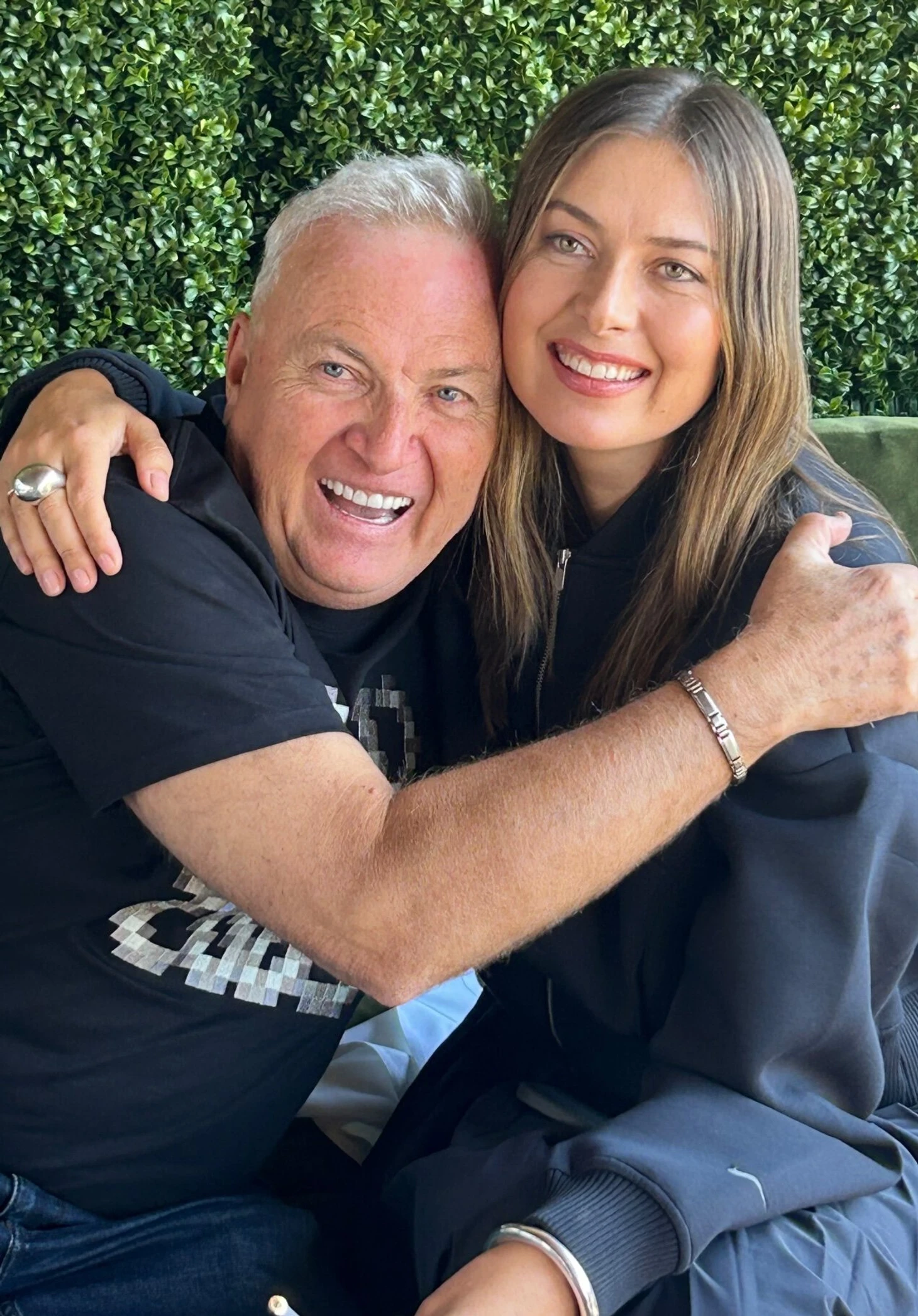
Maria first addressed her father: “Dad, we really did it,” and Yuri Mikhailovich couldn’t hold back his emotions. Maria gently teased him for choosing his suit on his own, but most importantly recalled the years when no one believed in their duo except him. Separate warm words went to her mother, Elena: she rarely managed to watch matches on TV, but the daily lessons of elegance, kindness, and unconditional love, Maria said, came from her. There was also room for an acknowledgment of partner Alexander Gilkes — “you pulled me out of my bubble” — and a mention of their greatest shared joy — their son, Theo.
The Champion’s Team: The Names Behind the Trophies
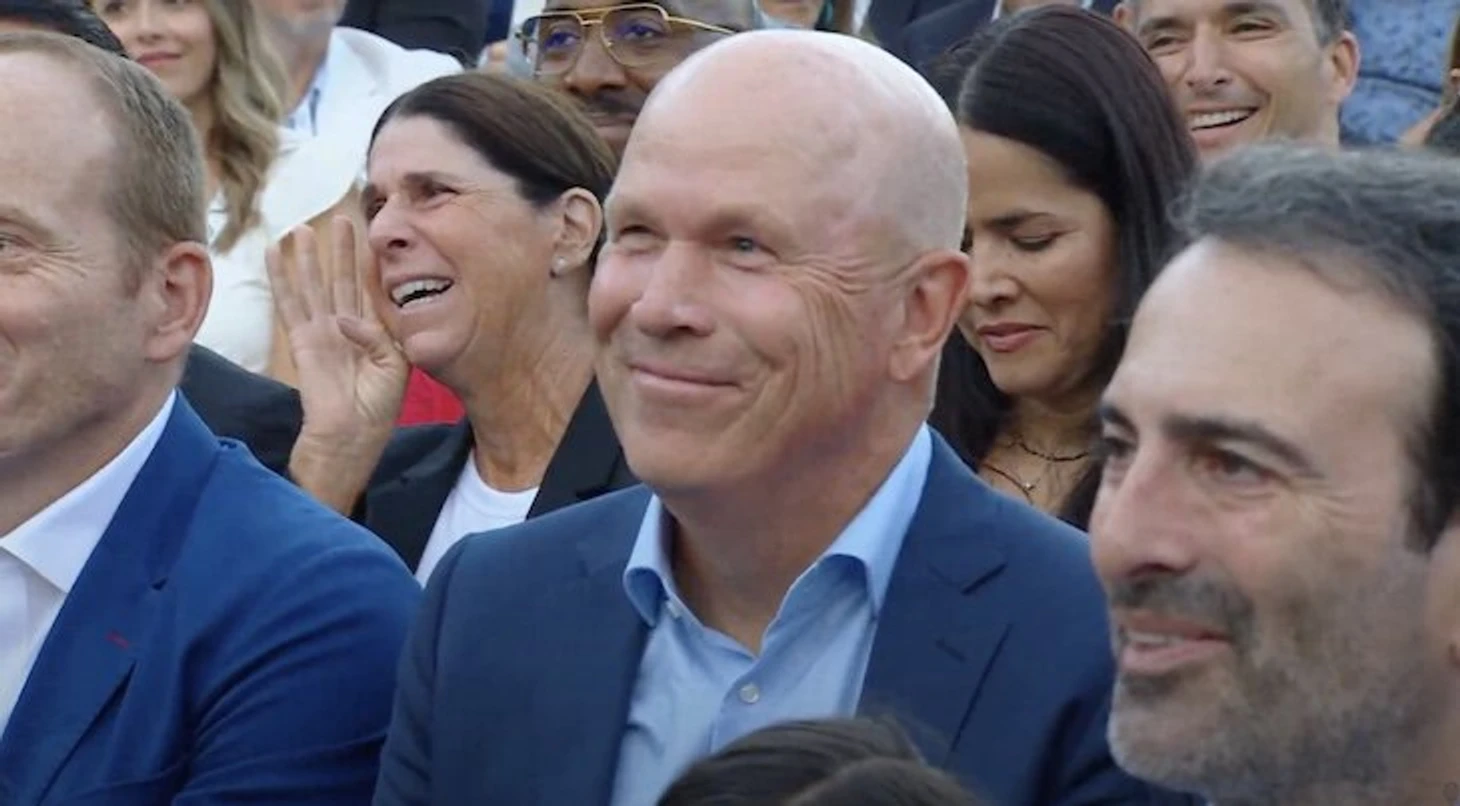
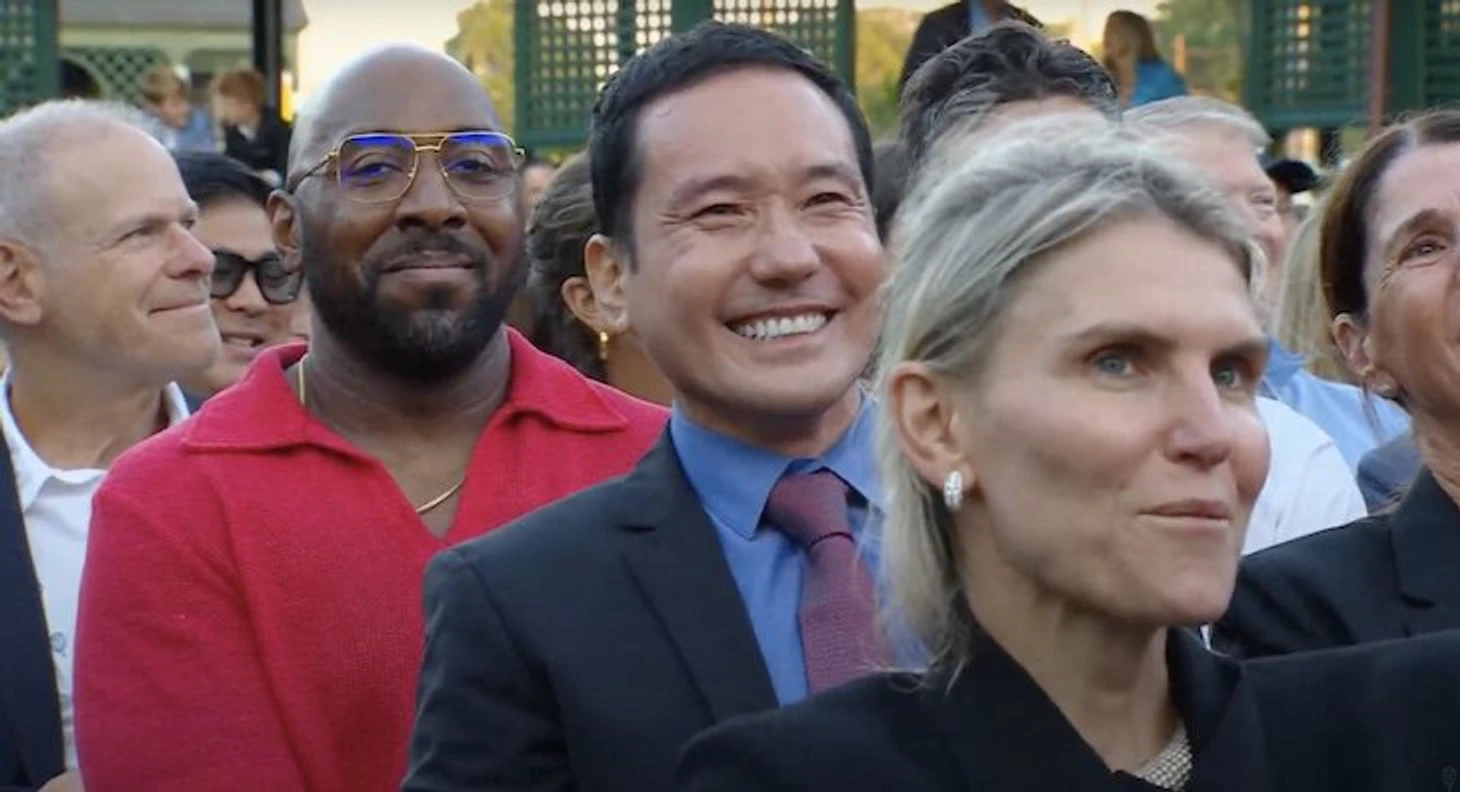
Sharapova methodically went through those who made her stronger every day.
- Agent Max Eisenbud — “both a shield and a punching bag,” unafraid to say “no” on her behalf, and along the way the person who had to fire Jimmy Connors — a job “no one wants to be responsible for.”
- Coach Thomas Hogstedt — co-author of the Paris triumph and among those who believed Maria could win Roland Garros more than once.
- Fitness guru Yutaka Nakamura — “the kindest soul,” about whom Maria recalled a funny Las Vegas episode: while others were opening beers, Yutaka took out a humidifier and went to take a bath.
- Sparring partners Cecil Mamiit and Alex Kuznetsov — the former “somewhere between a coach and a punching bag — and you always kept the standard,” the latter helped her through the toughest stretch and taught her the rules of American football — “which I’ve since forgotten.”
- Physiotherapist Jérôme Bianchi — for “pitiless honesty,” after which Maria came “into the best shape of my life.”
- Mentor Riccardo Piatti — the one who brought back her love for the process when there was little strength left.
Legendary Brothers: Their Day Here Too
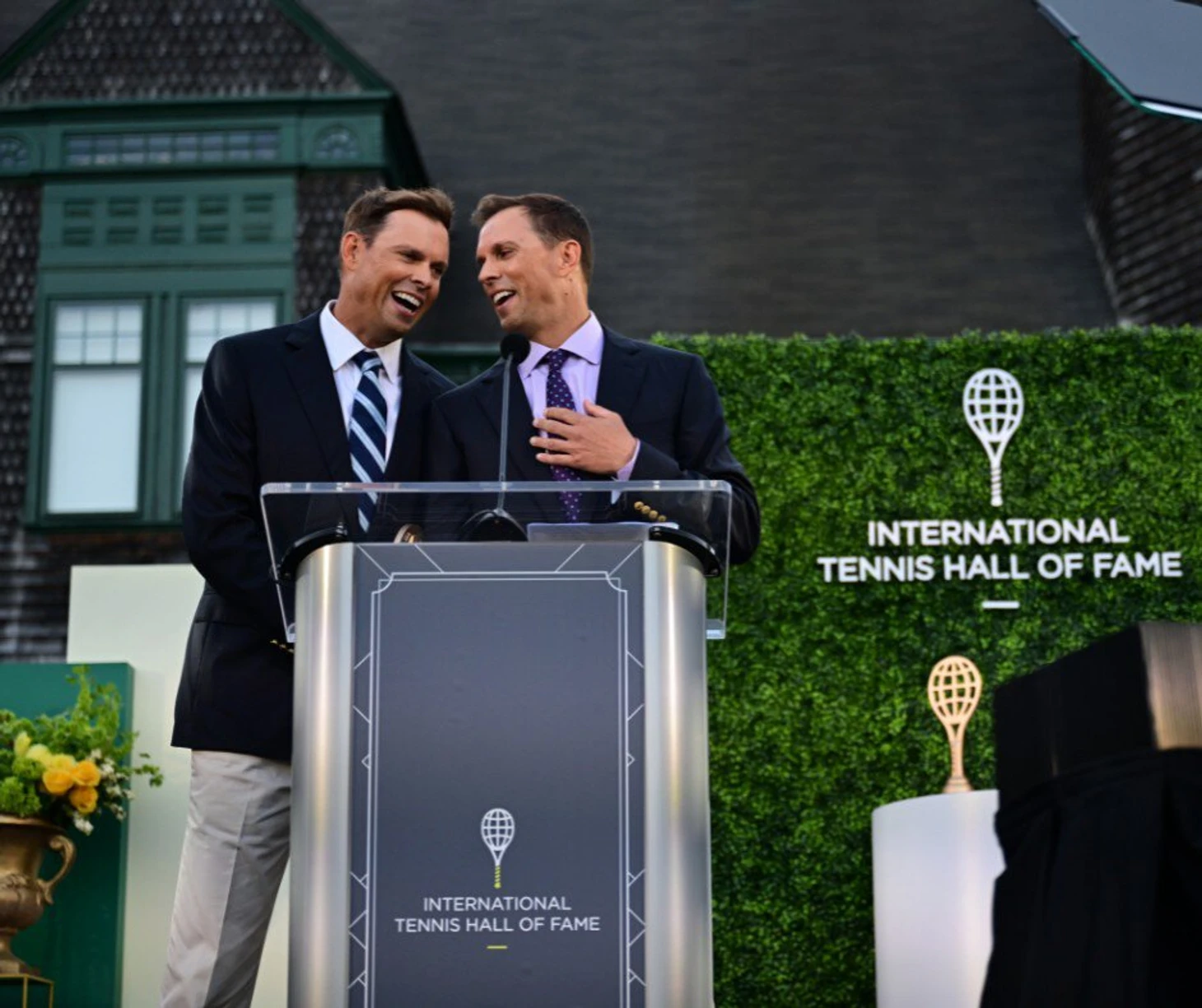
Joining Maria in the Class of 2025 were Bob and Mike Bryan — the most decorated doubles team in tennis history. They were presented by their longtime coach David Macpherson, and in the brothers’ own remarks tears broke through more than once. “I won 119 titles and never shed a tear at a single awards ceremony,” Mike admitted. “But Dave’s speech and that video got right through me.” The final bow was to their parents.
A Packed Weekend: A Jacket with a Story, a Museum, and a Touch of Fashion
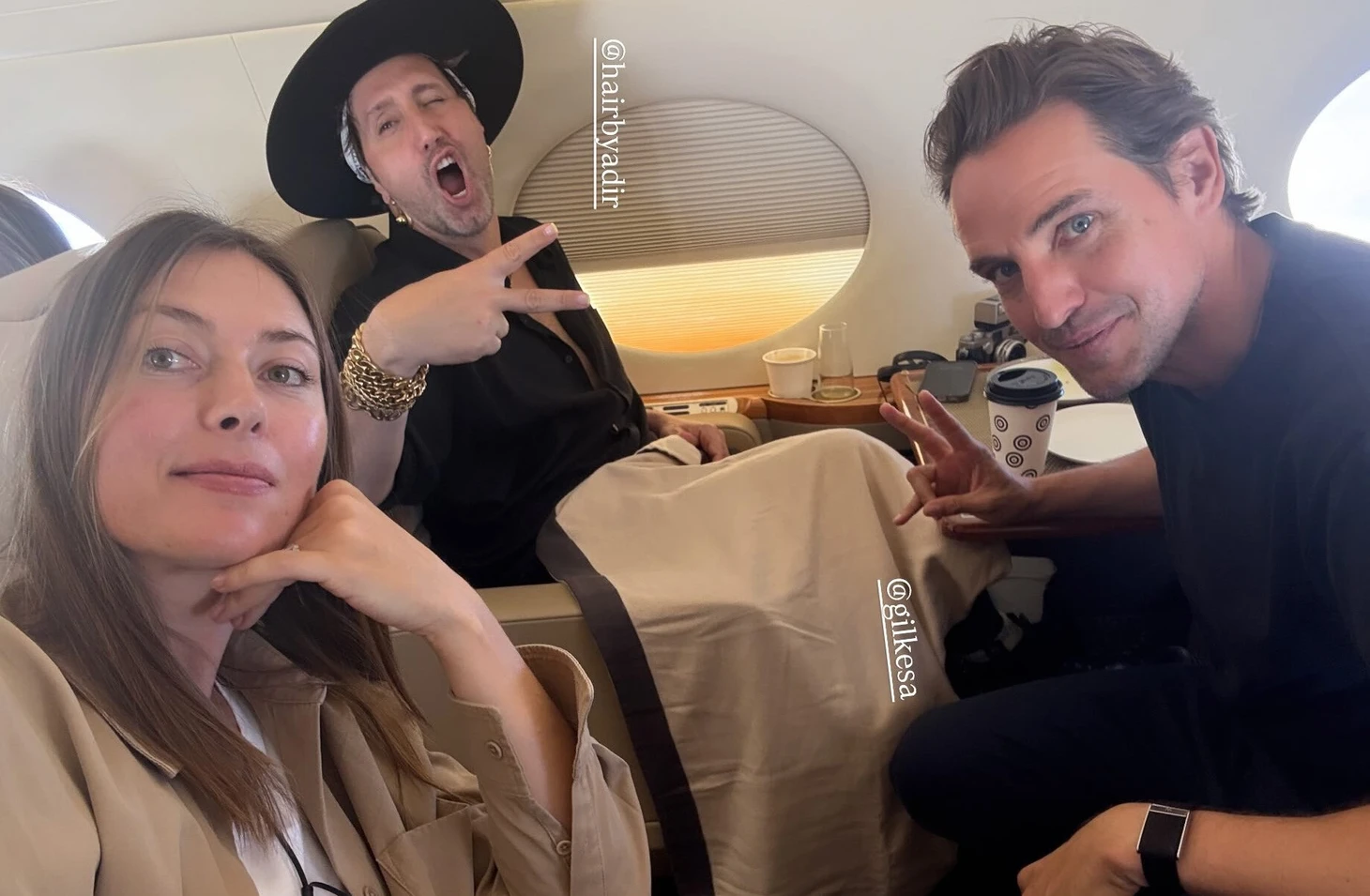
The celebrations began on Thursday and turned into a full-fledged festival. Maria invited everyone who had ever been part of her team — about 35 people — in advance. Based on a chatbot’s advice about “average invitation conversion,” she expected around half to come, but almost all of them arrived — jokes about “sharing rooms like in the old days” wrote themselves. Sharapova flew to Newport by jet with her closest — partner Alexander Gilkes and hair stylist Adir Abergel; an evening “homey” touch followed: Maria ironing a Gabriela Hearst dress on the bed with a hotel iron.
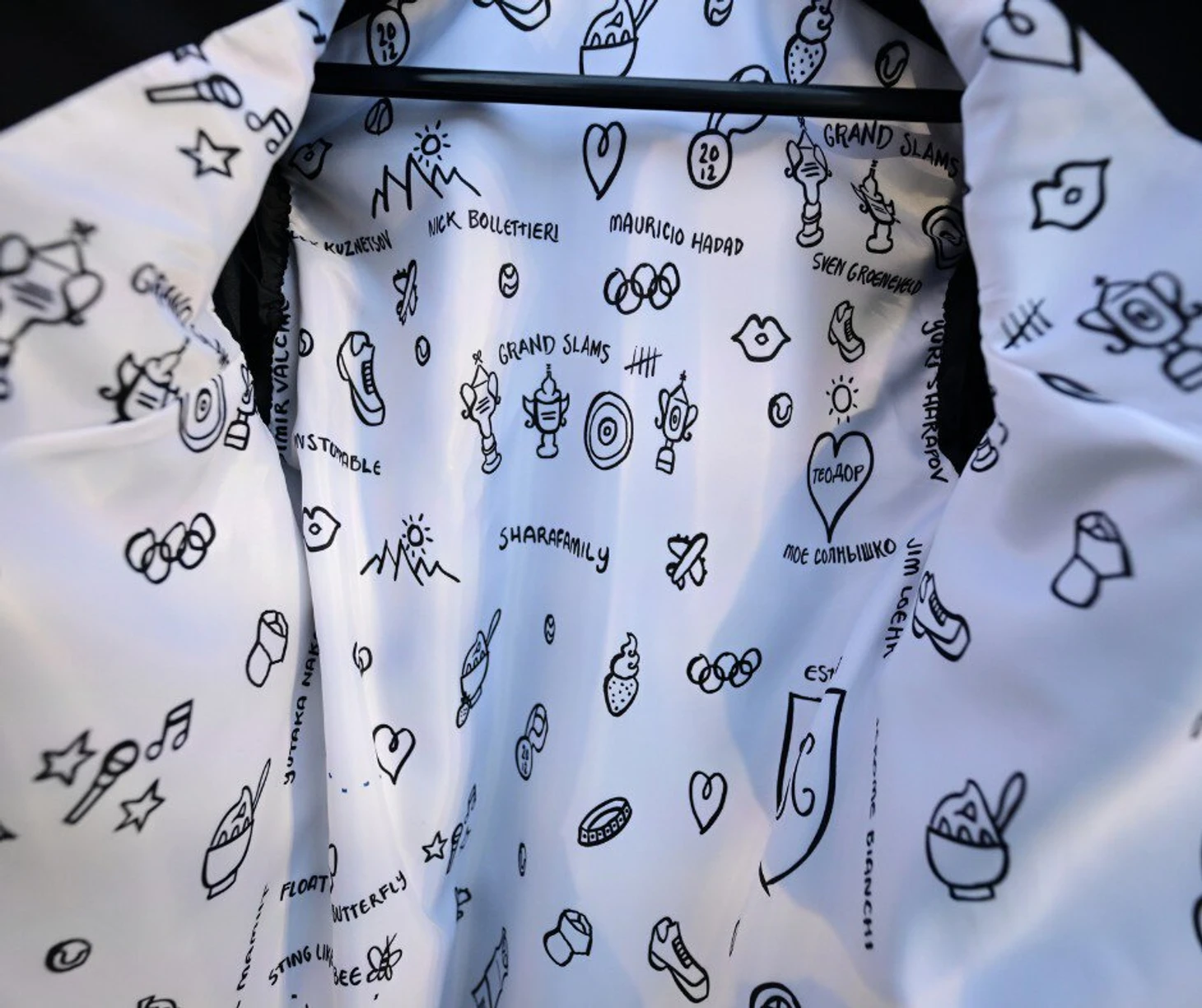
The day’s culmination was the presentation of dark-blue Brooks Brothers club blazers with personalized linings. On Maria’s lining were the names of her team, her Grand Slam cups, the Olympic rings, the Sochi mountains, desserts, the Sugarpova lip motif, and the name of her son, Theodor, in a heart with the Russian inscription “Моё солнышко.” On Friday, the Hall of Fame museum showcased an updated gallery of its 270 members and name-engraved rackets — for the first time, the newcomers themselves received identical rackets. The evening brought the social segment: an exhibition on tennis fashion and a refreshed look from Sharapova.
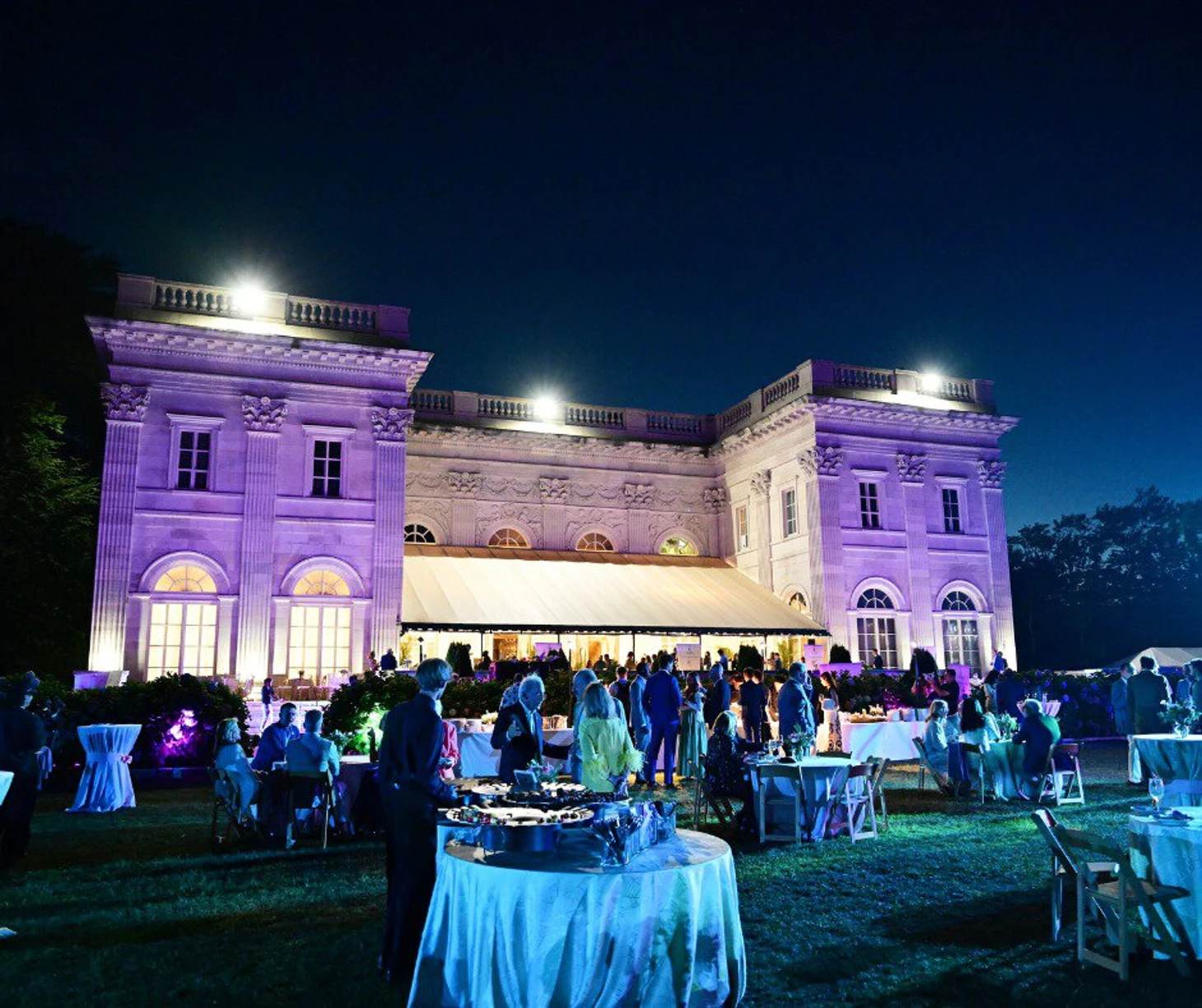
The story that began with the sensation of Wimbledon 2004 reached a logical culmination — an eternal status in Newport. At this point, it’s hard to find a more precise symbol than Serena’s appearance: in women’s tennis, stardom is forged not only by victories, but also by those who force you to play better. Sharapova has always had both — which is why her place in the Hall of Fame feels less like an award and more like the acknowledgment of a fact.

